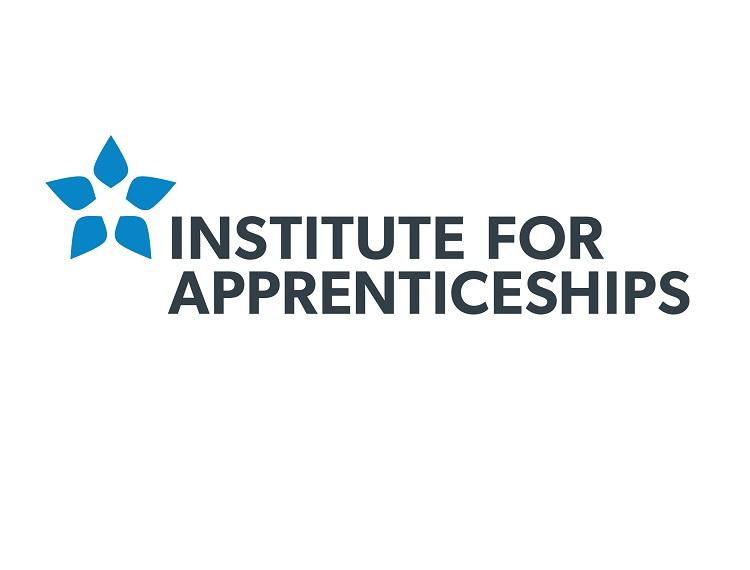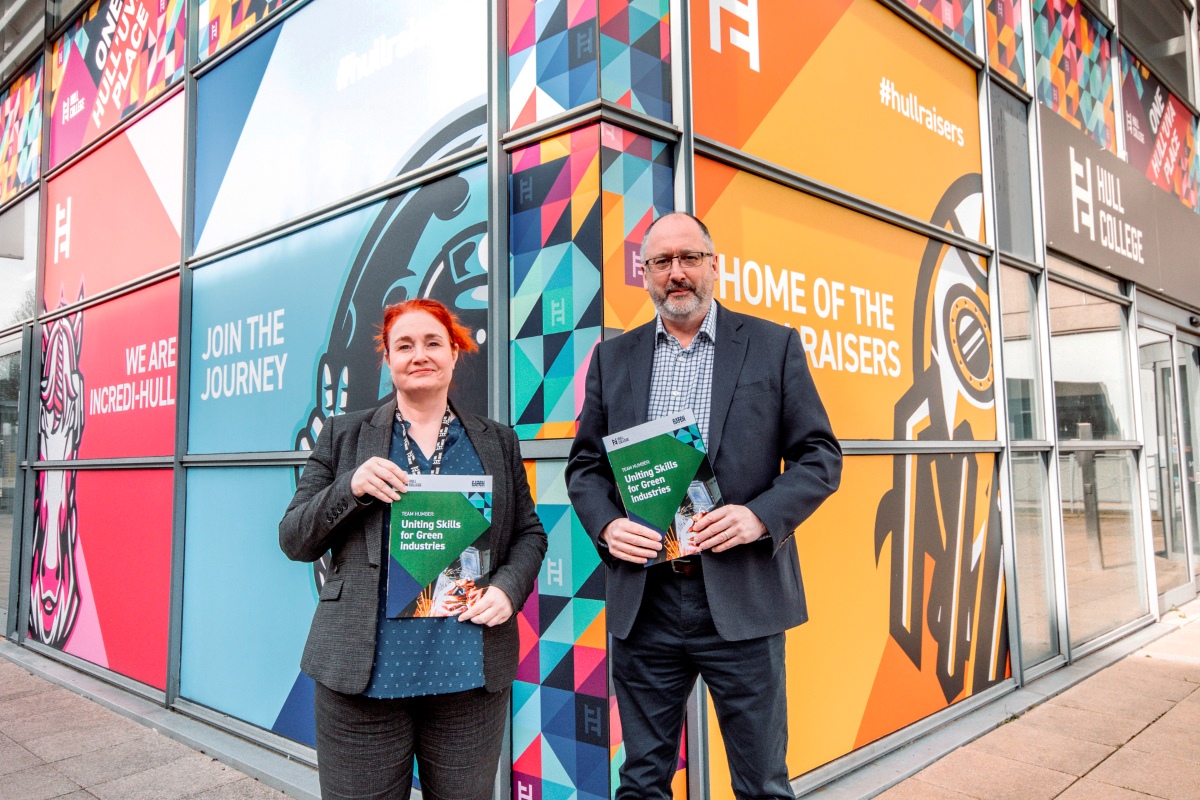Library, information & archive services assistant

Reference Number: ST0664
Details of standard
Occupation summary
Library, Information and Archive Services (LIAS) Assistants perform a front line/global role in all sectors (including public, health, legal, commercial, educational, government, heritage/cultural and entertainment), supporting society through anticipating, determining, stimulating and satisfying the needs of existing and potential users for access to information in an ethical and fair or appropriate manner.
The broad purpose of the occupation is to:
- understand the needs of people using information in all its formats including digital (e.g. ebooks, video files, electronic documents, online content) and analogue/physical (e.g. collections, books, journals, newspapers, DVDs/CDs etc)
- organize and manage those information resources, including arranging and displaying the resources; marketing and promoting the resources; and providing access to the resources
- provide a range of services, such as library, archive, knowledge, customer services, learning support, etc, that help people to use and value the resources available.
In summary, LIAS Assistants help users find the information and resources they need in order to resolve their specific query. User needs vary across sectors and could include finding textbooks to support their learning; legal materials to support law activities; images to create a design; trademark information to create a new product; health information to diagnose a patient etc. Digital services, digital literacy, information literacy, general literacy, customer service, problem solving, organisation of resources and systems underpin and characterise the work in this profession.
They work with people from all parts of society and the workforce, providing essential digital and analogue information services – issuing and returning materials, organizing collections, answering research and information queries, improving customers’ literacy skills, – quite often at the forefront of innovation. In their daily work LIAS Assistants can interact with customers or service users, including the general public, students, researchers and academic staff, professional staff (e.g. in health, law, business) etc. They also work directly with other colleagues who perform different organisation functions such as IT support, purchasing, marketing, human resources, legal services, building facilities etc.
Using highly specialised skills and knowledge LIAS Assistants are responsible for creating, gathering, organising, storing and accessing specific information,resources and knowledge that relates directly to the services offered within physical and digital collections. They also provide essential support to service users assisting them to search and make use of that information. They would normally be managed or overseen by the head of service, but there is a large amount of self direction/self management in this occupation and service assistants are expected to use their initiative when dealing with a customer query (internal or external).
The duties typically take place in a public spaces such as libraries, archives, hospitals and other commercial/office or information-based organisations such as law firms, universities, schools, the media (e.g. broadcasting, journalism, film-making, social media) etc. In small organisations, such as law firms and schools, the services assistant will quite often be working on their own or independently , reporting directly to the head of the organisation/institution.
Occupation duties
Duty |
Criteria for measuring performance |
KSBs |
|
Duty 1 Implement the organisational policies for handling information, physical and digital collections and related resources; using initiative to interpret users’ needs and solve their problems – within legislative frameworks. |
Relevant policy and procedure located, selected and applied in accordance with user’s requirements and in a timely manner. Data protection, copyright and other relevant legislation is referred and adhered to. Data is interrogated and interpreted efficiently from the data management system using appropriate searching techniques. The organisation’s policies or procedures are implemented accurately to provide the customer with the appropriate solution(s). |
K1, K4, K11 S1, S2, S3, S4 B1, B2
|
|
Duty 2 Acquire, receive, record, circulate and develop collections of physical and digital resources. |
Demonstrate a comprehensive understanding the range of information and resources available, and internal/external markets. Data is interrogated and interpreted from the data management systems using appropriate searching techniques to acquire the right resources efficiently and comply with budgets. |
K5, K6, K8, K11, K12 S5, S6, S4 B3, B4
|
|
Duty 3 Provide access to information and related sources to meet users’ diverse requirements. |
Specific user requirements are interpreted and appropriate resources are selected and made available with digital and physical access as required. Correct information is gained through creative and collaborative partnership work. The most effective resources are selected for the user. |
K13, K17, K20, K14, K12, K16 S7, S5, S6, S4, S8 B5, B6
|
|
Duty 4 Support users to develop confidence and skills in reading, researching, understanding and evaluating information. |
Users are able to develop their own skills to access validated information through a programme of learning opportunities. Users are supported through learning initiatives aimed at increasing their develop knowledge and skills in reading, writing and numeracy through print and digital programmes. |
K14, K15, K16, K18 S9, S10, S11, S12, S13 B5, B7
|
|
Duty 5 Promote content, collections and displays to highlight value and impact and sustain user interest. |
Content and collections are prominent and receive regular user interest. Products/services are placed clearly and appropriate information is readily available. |
K10, K19 S14, S5, S6, S10, S8 B8, B9, B10
|
|
Duty 6 Administer and support the management and development of collections. |
Different collections are preserved, well kept, used correctly and fit for purpose. Collections management policies and legislation policies are accurately applied to ensure easy access for the user |
K7, K9, K17 S15, S6, S7 B11, B12
|
|
Duty 7 Execute withdrawal of information and related resources from use and store or dispose of them safely and sustainably. |
Resources are removed in a timely fashion and in accordance with organisational policy and/or other legislation. Materials are recycled where practicable and feasible. All confidential information/data is destroyed as appropriate. |
K11 S15 B8, B11
|
|
Duty 8 Create an environment that supports the development of users and encourages learning and exploration of information and related resources. |
The different types of user spaces required (physical and/or digital) that users wish to occupy accurately identified and described. Users supported through a variety of programmes/activities to explore what is the right resource for their needs. Selected an appropriate methodology of learning for the user, taking into account their specific needs. |
K21, K20, K14, K15, K16 S13, S16, S4, S9, S10, S11, S12, S17, S8 B13, B11
|
|
Duty 9 Collaborate with users and stakeholders in the shaping, development and innovation of the service |
Users and stakeholders have been collaborated with. The information/feedback has been used to develop and shape innovative services. Findings are documented and communicated clearly to line managers to line managers and key stakeholders |
K20, K3, K2, K22 S17, S3, S9, S11, S18, S19 B14, B15
|
|
Duty 10 Develop and deliver excellent customer service to on-site and online users to support and create communities for sharing and engaging with information and related resources. |
Demonstrated excellent communication (including listening) skills in order to interpret users’ needs. Services are provided as quickly as is feasible and to user’s requirements (within reason). |
K3 S18, S8, S19, S3, S5, S9, S12, S16, S17 B14, B16, B7
|
|
Duty 11 Describe and organise information and collections of physical and digital resources. |
Demonstrated a comprehensive understanding of the range of information and resources available. Resources are arranged to suit easy and logical access. |
K5, K6, K8 S5, S6, S4 B2, B16
|
|
Duty 12 Store and preserve information and collections safely and securely |
Organisational policy is complied with. Health and safety guidance is observed to reduce risk to the apprentice, but also to the benefit of the resources. |
K7, K9 S15, S7 B11, B1
|
KSBs
Knowledge
K1 The organisation in which they work, its relationship with stakeholders/partners, its products and services.
K2 The organisation’s place within the wider, national library, archive, knowledge and information management sector.
K3 How effective management and team-working contribute to a successful service
K4 The regulations regarding information use such as copyright, intellectual property, licensing and data protection.
K5 The nature of information and the value of its various forms, i.e. primary and secondary sources, print and digital (including databases); current, semi-current and archival.
K6 The management of information resources and the importance of organising information, e.g. labelling, storing and the role of catalogues and search tools.
K7 The methods for storing analogue and digital collections and which media serves the purposes best, e.g. packaging of physical resources, use of online repositories.
K8 The means of acquiring, maintaining, disposing of and locating documents, according to the organisation’s collection management guidelines and legal obligations
K9 The concept of digital continuity ensuring original records are preserved as required
K10 The specific features of archives, media, etc., (as distinct from other forms of collection), their legal and historical value, and archival principles
K11 The nature of collections, how they are changing, and the organisational policy relating to collections management and development decisions
K12 The nature of knowledge, intellectual capital and the social networks through which they are shared and exploited
K13 The use of collaborative tools and activities such as Google Drive and Groups, Sharepoint and Enterprise Social Media
K14 The nature and value of research, including that undertaken by practitioners and that which is mediated, e.g. ways of assessing individual information needs and how to support research and retrieval of the right information
K15 Some basic information/digital literacy frameworks and how these support the research and dissemination of information
K16 The role that information professionals and services play in developing knowledge and literacy (reading, writing and numeracy) and general cultural enrichment.
K17 The capabilities of web-based technologies and content management systems of particular relevance to the sector, e.g. to provide alternatives, to store and search for information.
K18 Users’ needs and information-seeking behaviour and how different information services cater to different types of user
K19 Methods for promoting services and collections to users and non-users and how to guide them through their information-seeking / learning journey
K20 How services might impact users differently, depending on their age, disability, ethnicity, etc.
K21 The impact of online environments/spaces and physical spaces on the provision of services
K22 How to evaluate existing services against benchmarks / standards / customer need
Skills
S1 Interpret and implement policy, e.g. communicating clearly the basic copyright restrictions and reasons for not sharing personal data.
S2 Undertake regulation and compliance checking, e.g. in order to ensure data protection is not breached.
S3 Solve user problems in a range of situations using their knowledge and interpretation
S4 Use information management processes to store, manage and retrieve records and data to support collaboration, exploitation and the organisation’s Information Management (IM) practices
S5 Describe and arrange material/resources, by observing and applying identified cataloguing standards in order to create online catalogues and other finding aids to meet users’ needs
S6 Employ information retrieval techniques to identify and use relevant media and systems, e.g. searching online databases, catalogues or physical stores, and EDRMS (electronic document record management systems).
S7 Perform preservation (analogue/physical and digital) practices to keep collections physically safe using institutional/sector guidelines, and supporting work that provides digital access by creating alternatives that meet a range of user requirements
S8 Use enquiry techniques to clarify and meet users’ information requirements and manage expectations, e.g. by signposting to alternative resources and providing solutions
S9 Develop knowledge sharing with users, cultivating an environment where knowledge is freely shared and sought within a ‘safe’ environment, including online solutions
S10 Use relevant approaches to learning support to contribute to the development of learning activities for different audiences to enhance knowledge and literacy, e.g. reader development
S11 Select and use appropriate tools and technologies to support users in researching and disseminating information, e.g. databases, search engines, digital libraries, repositories and social media
S12 Develop information and digital skills to support users to identify, find, access and evaluate information, to share knowledge and to promote self-help
S13 Demonstrate information sharing by contributing to learning activities for specific audiences, e.g. inductions and events, catering to a variety of levels of knowledge and understanding
S14 Use promotion techniques for resources so that users and potential users are aware of their value, impact and benefit, e.g. by curating collections and displays in effective ways, undertaking outreach activities to guide users to achieve independence in their use of information
S15 Implement the organisation’s collection management policy, e.g. through identifying stock that should be acquired and that which is no longer used or needed, and relegating or removing these appropriately
S16 Develop the service by assessing the learning environment and anticipating user needs, e.g. re-organising study/virtual spaces, suggesting improvements to catalogues or web pages
S17 Use teamwork and collaboration to achieve goals, e.g. with stakeholders and partners beyond the organisation
S18 Use information provision to enable users to access materials, e.g. through lending books/artefacts, emailing documents, accessing original archives, signposting links to information
S19 Exercise communication skills – oral, written, presentation, interpersonal, listening, assertiveness (online and face to face).
Behaviors
B1 Practise in an ethical and legal manner
B2 Respect for the integrity of information items and for the intellectual effort of those who created them
B3 Demonstrate leadership and initiative within the boundaries of specific tasks
B4 Attentiveness, ensuring resources provided and access are most appropriate to user needs
B5 Solutions focused
B6 Concern for the public good in all professional matters, including respect for diversity within society, and the promoting of equal opportunities and human rights
B7 Protect the confidentiality of all matters relating to information users
B8 Act with integrity, honesty and accountability
B9 Informative and supportive, ensuring users are aware of the full scope and remit of the service
B10 Act as an advocate for the benefits and value of the services delivered
B11 Concern for the conservation and preservation of our information heritage in all formats
B12 Diligence in respect to services for which they are responsible in meeting the needs of users
B13 Adaptable to change
B14 Work collaboratively with others
B15 Concern for balancing the needs of actual and potential users and the reasonable demands of employers
B16 Provision of the best possible service within available resources
Qualifications
English and Maths qualifications
Apprentices without level 2 English and maths will need to achieve this level prior to taking the End-Point Assessment. For those with an education, health and care plan or a legacy statement, the apprenticeship’s English and maths minimum requirement is Entry Level 3. A British Sign Language (BSL) qualification is an alternative to the English qualification for those whose primary language is BSL.
Professional recognition
Chartered Institute of Library and Information Professionals / Certified Member (ACLIP)
Archive and Records Association / Foundation Member (FMARA)
Additional details
Occupational Level: 3
Duration (months): 18
Review
This standard will be reviewed after three years.
Crown copyright © 2017. You may re-use this information (not including logos) free of charge in any format or medium, under the terms of the Open Government Licence. Visit www.nationalarchives.gov.uk/doc/open-government-licence












Responses